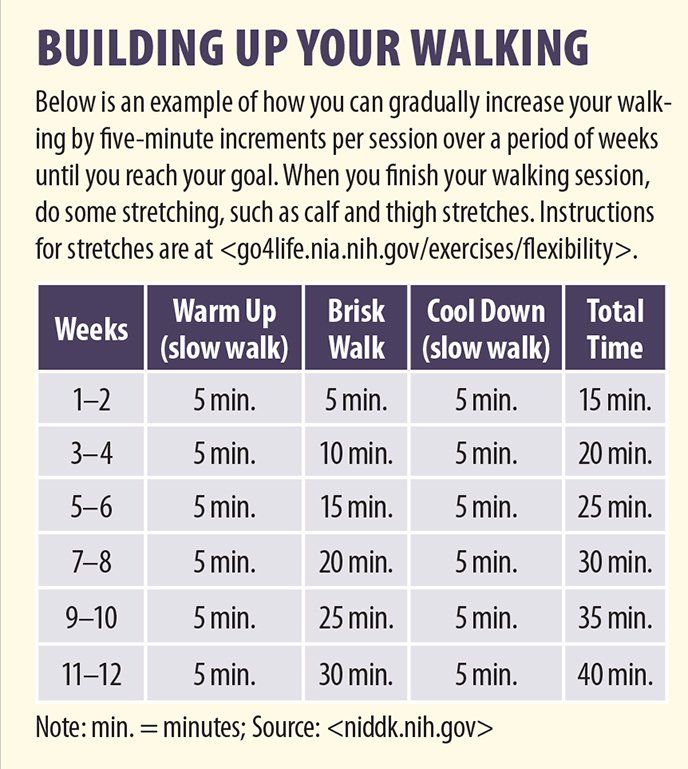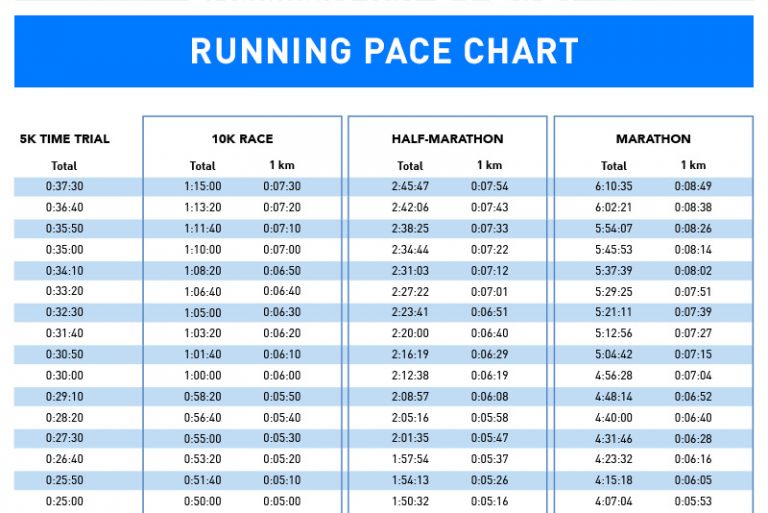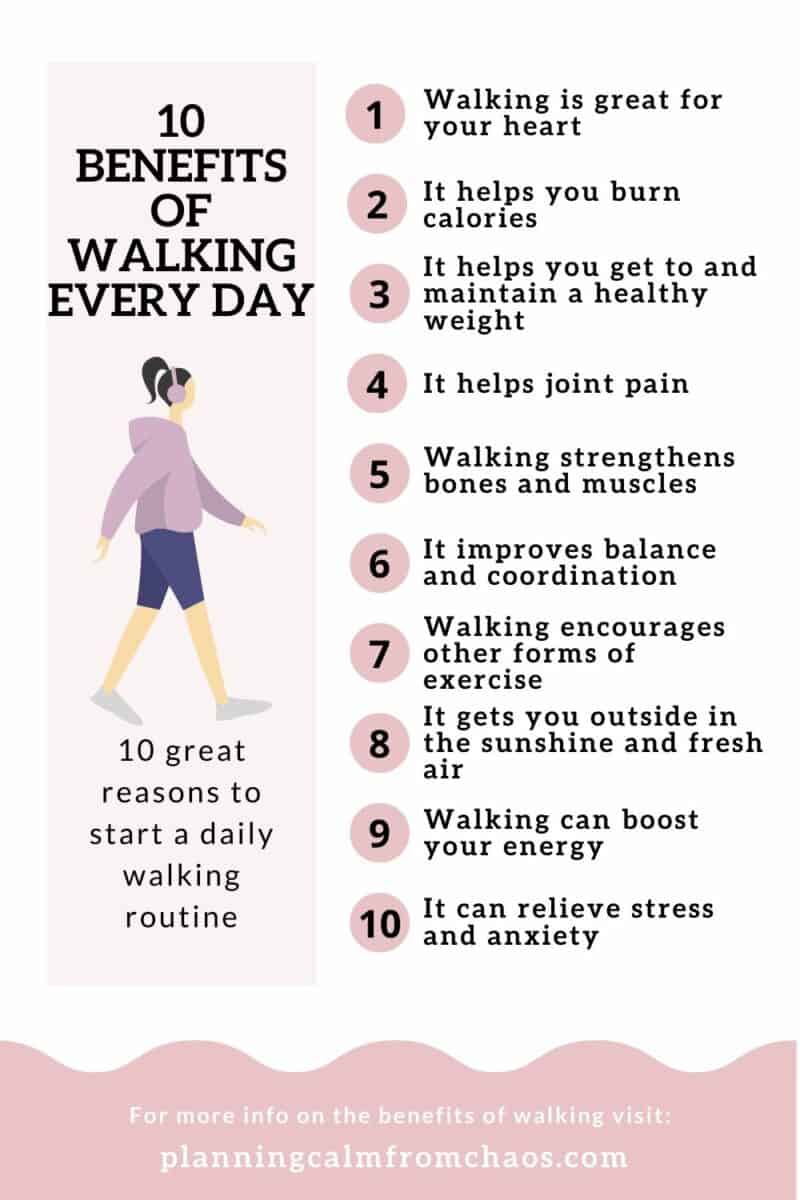The Concept of Pace in Walking: How Fast is a One-Hour Walk?
Pace is a crucial factor in determining the distance covered in a one-hour walk. It refers to the speed at which a person walks and is typically measured in miles per hour or minutes per mile. A steady pace is essential for achieving a consistent distance during a one-hour walk. Maintaining a steady pace can help in pacing oneself, avoiding fatigue, and ensuring that the walk is completed within the desired time frame.
Walking pace can vary depending on several factors, including age, fitness level, terrain, and weather conditions. For instance, older adults or individuals with mobility issues may have a slower walking pace, while younger, fitter individuals may be able to walk faster. Similarly, walking on an incline or uneven terrain can slow down a person’s pace, while walking on a flat surface can allow for a faster pace.
To determine the distance covered in a one-hour walk, it is essential to have a basic understanding of pace and how it relates to distance. The formula for calculating the distance covered in a one-hour walk is simple: distance equals pace multiplied by time. For example, if a person walks at a pace of 4 miles per hour for one hour, the distance covered would be 4 miles.
On average, a healthy adult can walk at a pace of 3-4 miles per hour. However, it is important to note that this pace may vary depending on individual factors and walking conditions. For instance, walking at a pace of 3 miles per hour for one hour would result in a distance of 3 miles, while walking at a pace of 4 miles per hour would result in a distance of 4 miles.
Understanding the concept of pace and its significance in determining the distance covered in a one-hour walk is essential for anyone looking to incorporate walking into their daily routine. By maintaining a steady pace and taking into account individual factors and walking conditions, it is possible to achieve a consistent distance during a one-hour walk.
Factors Influencing Walking Speed: How Fast Can You Walk?
Walking speed can be influenced by various factors, including age, fitness level, terrain, and weather conditions. Understanding these factors can help in improving walking speed and achieving a consistent distance during a one-hour walk.
Age is one of the most significant factors that can affect walking speed. As people age, their muscle strength and flexibility decrease, leading to a slower walking pace. However, regular exercise and strength training can help in maintaining muscle mass and improving walking speed. Fitness level is another critical factor that can influence walking speed. Individuals who are more physically fit tend to have a faster walking pace than those who are less fit. Engaging in regular exercise and physical activity can help in improving fitness levels and walking speed.
Terrain and weather conditions can also impact walking speed. Walking on an incline or uneven terrain can slow down a person’s pace, while walking on a flat surface can allow for a faster pace. Similarly, walking in adverse weather conditions, such as rain, snow, or high winds, can also affect walking speed. Dressing appropriately for the weather and choosing a suitable walking surface can help in maintaining a consistent walking pace.
Improving walking speed can help in covering a greater distance during a one-hour walk. Here are some tips for improving walking speed:
- Engage in regular exercise and physical activity to improve fitness levels.
- Strength train regularly to maintain muscle mass and improve walking speed.
- Choose a flat and even walking surface to allow for a faster pace.
- Wear comfortable and supportive shoes that are appropriate for walking.
- Walk with proper posture and take long strides.
- Incorporate interval training into walking routines to challenge the body and improve speed.
Calculating the Distance Covered: How Many Miles is a 1 Hour Walk?
Calculating the distance covered during a one-hour walk is a straightforward process that involves understanding the concept of pace and using a simple formula. Pace refers to the distance covered in a given time, typically measured in miles per hour or minutes per mile. To calculate the distance covered in a one-hour walk, you can use the following formula:
Distance = Pace x Time
For example, if you walk at a pace of 4 miles per hour for one hour, the distance covered would be 4 miles. Similarly, if you walk at a pace of 3 miles per hour for one hour, the distance covered would be 3 miles.
It is important to note that the average walking speed is around 3-4 miles per hour. However, walking speed can vary depending on individual factors such as age, fitness level, terrain, and weather conditions. Factors such as walking uphill or on uneven terrain can slow down walking speed, while walking on a flat surface or downhill can increase walking speed.
To improve walking speed and cover a greater distance during a one-hour walk, it is essential to focus on improving fitness levels, maintaining proper posture, and engaging in regular strength training. Wearing comfortable and supportive shoes, dressing appropriately for the weather, and staying hydrated can also help in achieving a consistent walking pace.
Using a fitness tracker or pedometer can help in tracking walking distance and progress over time. These tools can provide valuable insights into walking habits and help in setting goals for improvement. By setting achievable goals and challenging oneself to improve, it is possible to see significant improvements in walking speed and distance covered over time.
The Benefits of Walking: Why You Should Incorporate Walking into Your Daily Routine
Walking is a simple and accessible form of exercise that offers numerous health benefits, making it an excellent addition to any daily routine. Regular walking can help improve cardiovascular fitness, manage weight, and reduce stress levels. Here are some of the key benefits of incorporating walking into your daily routine:
- Improved cardiovascular fitness: Walking is a low-impact aerobic exercise that can help improve cardiovascular fitness and strengthen the heart. Regular walking can help reduce the risk of heart disease and other cardiovascular conditions.
- Weight management: Walking is an effective way to burn calories and manage weight. Incorporating a one-hour walk into your daily routine can help you burn between 250-500 calories, depending on your walking speed and intensity.
- Stress reduction: Walking can help reduce stress levels and improve mood. Being in nature or a peaceful environment while walking can have a calming effect on the mind and help reduce anxiety and depression.
- Improved bone density: Walking is a weight-bearing exercise that can help improve bone density and reduce the risk of osteoporosis.
- Boosted immune system: Regular walking can help boost the immune system and reduce the risk of illness and infection.
To experience the benefits of walking, it is essential to make it a consistent part of your daily routine. Here are some tips for incorporating walking into your daily life:
- Set aside time each day for a one-hour walk. This can be broken down into shorter walks if necessary.
- Wear comfortable shoes and dress appropriately for the weather.
- Warm up before starting your walk and cool down afterwards to prevent injury.
- Stay hydrated by drinking plenty of water before, during, and after your walk.
- Mix up your walking routine by incorporating hills, stairs, or intervals to challenge yourself and improve fitness levels.
By incorporating walking into your daily routine, you can experience numerous health benefits and improve overall fitness and well-being. So lace up those sneakers and get walking!
Tips for a Successful One-Hour Walk: How to Make the Most of Your Walking Time
Walking is a simple and accessible form of exercise that offers numerous health benefits, but it’s important to prepare properly to ensure a successful and enjoyable experience. Here are some tips for preparing for a one-hour walk:
- Wear comfortable shoes: Wearing the right shoes is essential for a comfortable and injury-free walk. Choose shoes that provide adequate support and cushioning for your feet, and make sure they fit properly. Avoid wearing shoes that are too tight or too loose, as they can cause blisters or discomfort.
- Dress appropriately for the weather: Dressing in layers is key for staying comfortable during a walk. Wear moisture-wicking clothing to keep sweat away from your skin, and add or remove layers as needed to adjust to changing temperatures. Don’t forget to protect yourself from the sun with sunscreen, a hat, and sunglasses.
- Stay hydrated: Drinking plenty of water before, during, and after your walk is essential for staying hydrated and preventing fatigue. Carry a water bottle with you on your walk, and take sips regularly to stay hydrated.
- Warm up and cool down: Warming up before your walk and cooling down afterwards can help prevent injury and soreness. Start with a slow walk to get your muscles warmed up, and gradually increase your speed. After your walk, cool down with some gentle stretching to help your muscles recover.
By following these tips, you can ensure a successful and enjoyable one-hour walk. Remember to listen to your body and take breaks as needed, and don’t be afraid to challenge yourself and push your limits as you get more comfortable with walking.
Using Technology to Track Your Walking Progress: How to Use Fitness Trackers and Pedometers
Tracking your walking progress can help you stay motivated and reach your fitness goals. Fortunately, there are many types of technology available to help you track your distance, speed, and progress. Here are some of the most popular options:
- Fitness trackers: Fitness trackers are wearable devices that can track your steps, distance, calories burned, and heart rate. Many fitness trackers also include features like GPS tracking, sleep tracking, and workout tracking. Popular fitness tracker brands include Fitbit, Garmin, and Apple Watch.
- Pedometers: Pedometers are simple devices that count your steps. They can be worn on your waist or wrist and are a great option for people who want a basic way to track their walking progress. Pedometers are often more affordable than fitness trackers and can be a good option for people who are just starting to incorporate walking into their daily routine.
- Smartphone apps: There are many smartphone apps available that can track your walking progress. Some popular options include MapMyWalk, Runkeeper, and Nike Run Club. These apps often include features like GPS tracking, workout tracking, and social sharing, making it easy to share your progress with friends and family.
To use these tools to track your walking progress, follow these steps:
- Choose the technology that best fits your needs and budget.
- Set up the device or app and make sure it is properly calibrated.
- Wear the device or carry your smartphone with you on your walk.
- Check the device or app regularly to track your progress and make adjustments as needed.
- Set goals for yourself and work towards improving your distance and speed over time.
By using technology to track your walking progress, you can stay motivated, reach your fitness goals, and see the results of your hard work.
Incorporating Walking into Your Daily Life: How to Find Time for Walking
One of the biggest challenges of incorporating walking into your daily routine is finding the time to do it. However, with a little creativity and planning, you can easily find ways to add more walking into your day. Here are some tips to help you get started:
- Take the stairs instead of the elevator: This simple change can add extra steps to your day and help improve your fitness level. If you work in a high-rise building, try taking the stairs for a few floors and then taking the elevator the rest of the way.
- Walk during your lunch break: If you have a busy schedule, using your lunch break to go for a walk can be a great way to fit in some exercise. Bring a healthy lunch with you and eat while you walk, or find a nearby park or trail to explore.
- Park further away from your destination: Instead of circling the parking lot for the closest spot, park at the far end and walk the rest of the way. This simple change can add extra steps to your day and help improve your fitness level.
- Walk while you talk: If you have a phone call to make, try walking while you talk. This can be a great way to fit in some extra steps while still being productive.
- Take a walking meeting: If you have a meeting scheduled, suggest taking a walking meeting instead of sitting in a conference room. Walking meetings can help improve creativity and productivity, while also providing some exercise.
By incorporating these small changes into your daily routine, you can easily find ways to add more walking into your day. Over time, these small changes can add up to big improvements in your overall health and fitness level.
Setting Walking Goals: How to Challenge Yourself and Stay Motivated
Setting goals is an important part of any fitness routine, and walking is no exception. Whether you’re just starting out or you’ve been walking for years, setting goals can help you challenge yourself, stay motivated, and see progress over time. Here are some tips for setting walking goals and staying motivated:
- Start small: If you’re new to walking, start with small, achievable goals. For example, you might set a goal to walk for 10-15 minutes a day, three days a week. As you build up your fitness level, you can gradually increase your goals.
- Be specific: Make your goals specific and measurable. Instead of setting a vague goal like “I want to walk more,” set a specific goal like “I want to walk 2 miles every day for the next month.”
- Track your progress: Use a fitness tracker or pedometer to track your progress and see how far you’ve come. This can help you stay motivated and see the results of your hard work.
- Find a walking buddy: Walking with a friend or family member can help you stay motivated and make the experience more enjoyable. Plus, you can hold each other accountable and provide support and encouragement along the way.
- Join a walking group: Walking with a group can be a great way to meet new people, explore new places, and stay motivated. Look for local walking groups in your community or online.
- Participate in a charity walk: Signing up for a charity walk can be a great way to challenge yourself and give back to your community. Plus, it can provide a sense of accountability and motivation to train for the event.
By setting specific, measurable goals and finding ways to stay motivated, you can challenge yourself to walk further and more often. Over time, these small changes can add up to big improvements in your overall health and fitness level.









